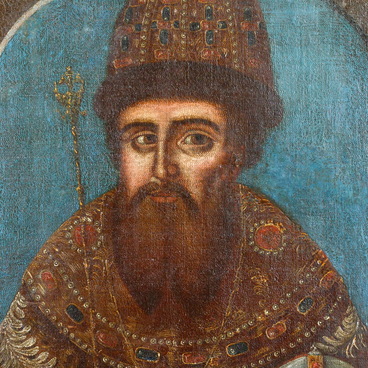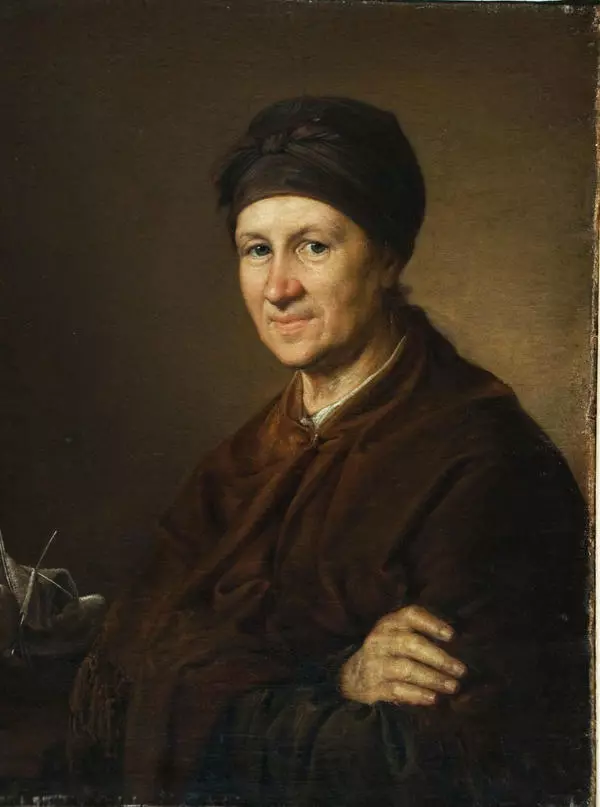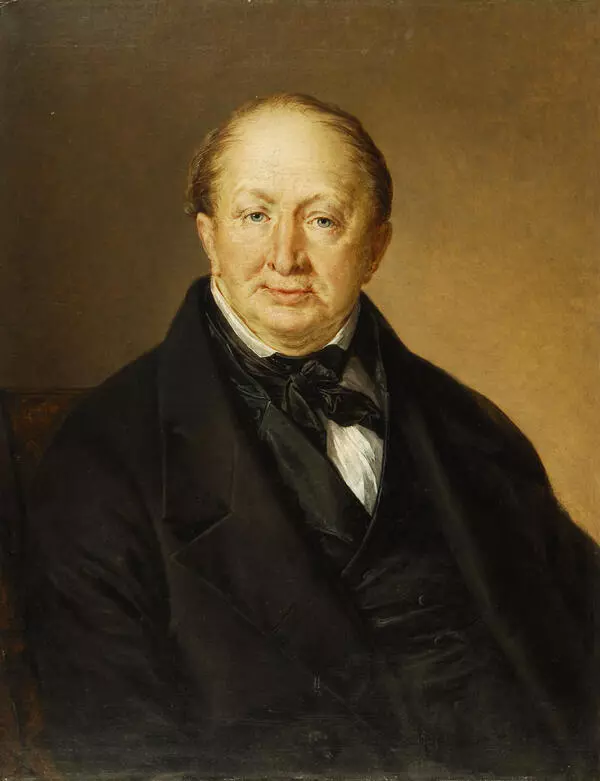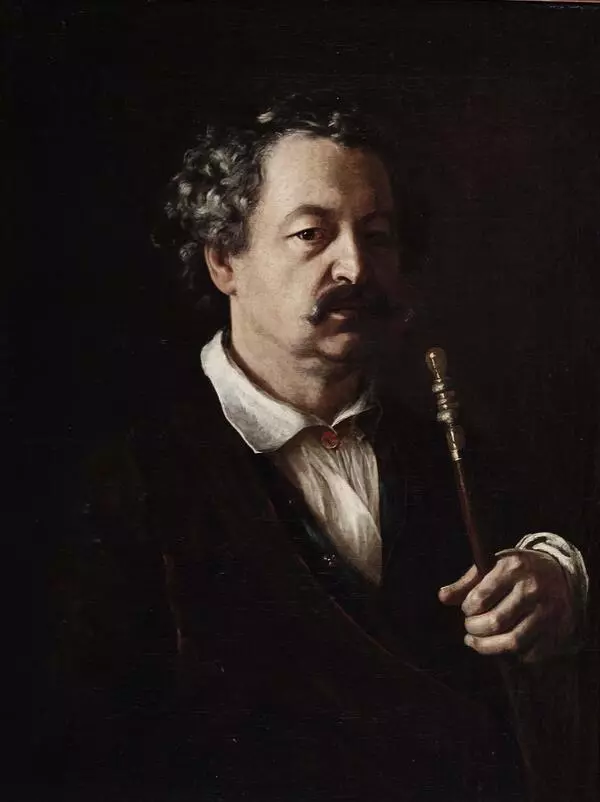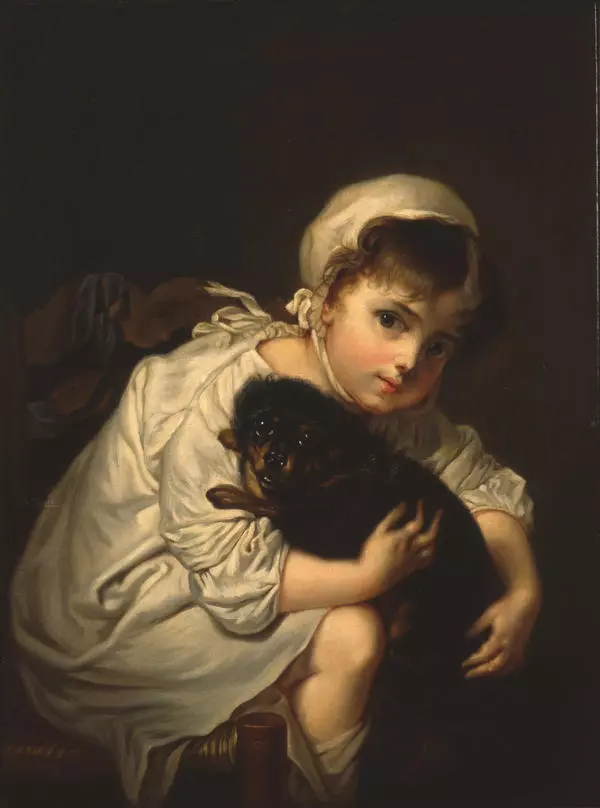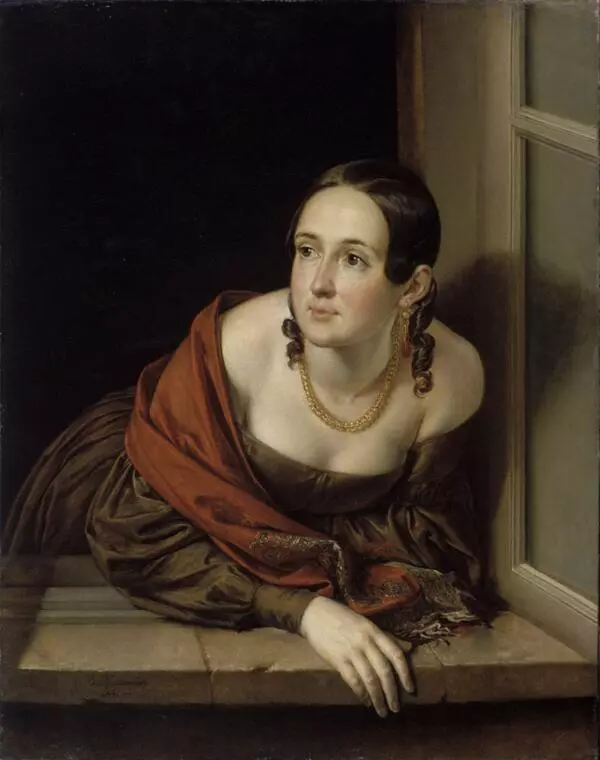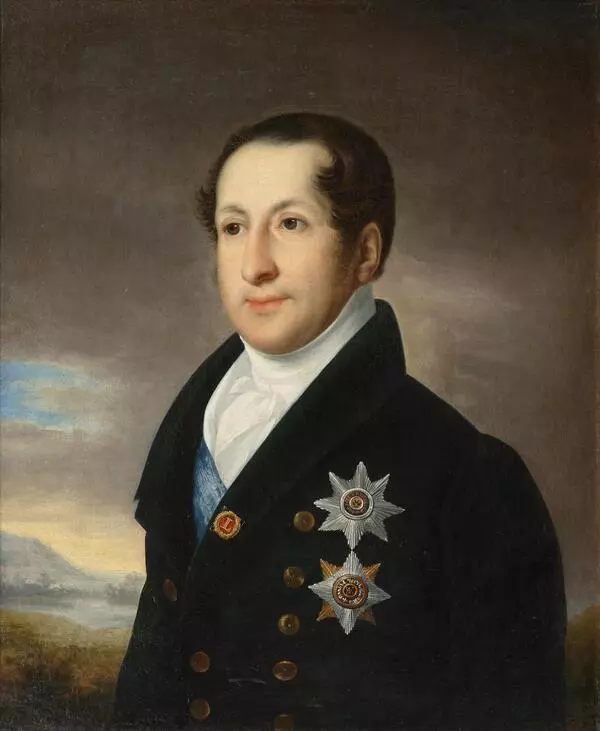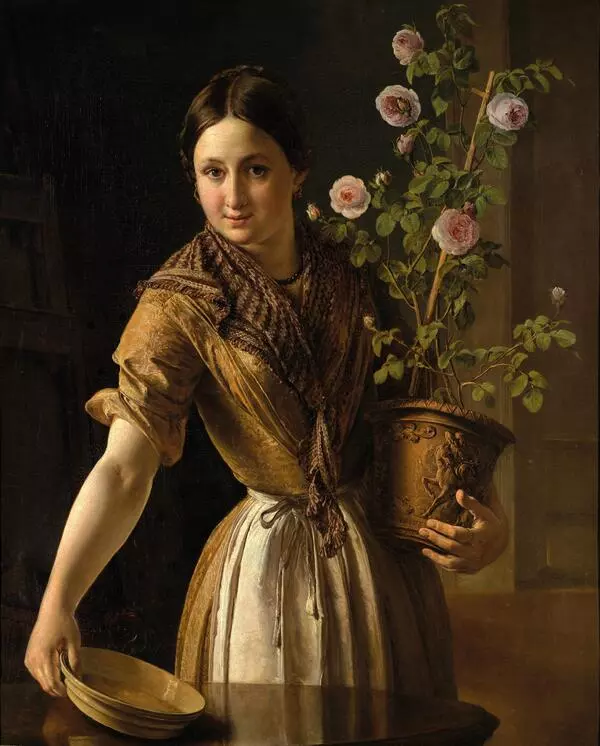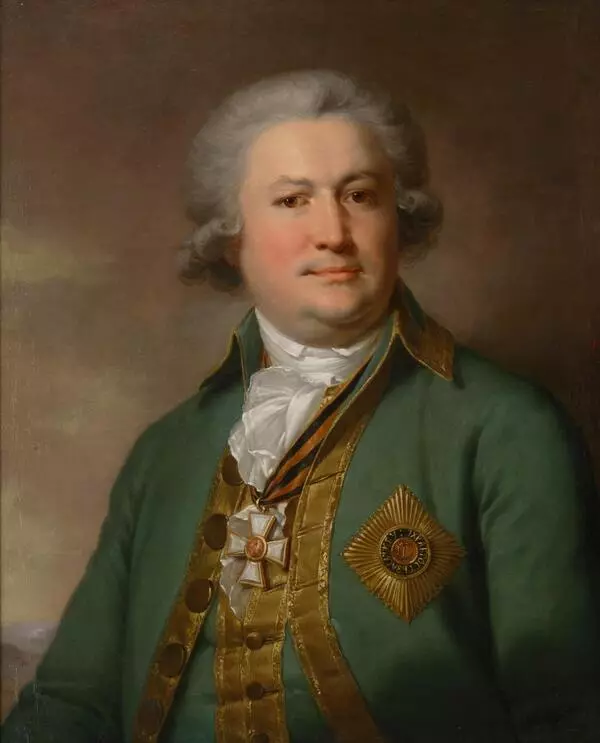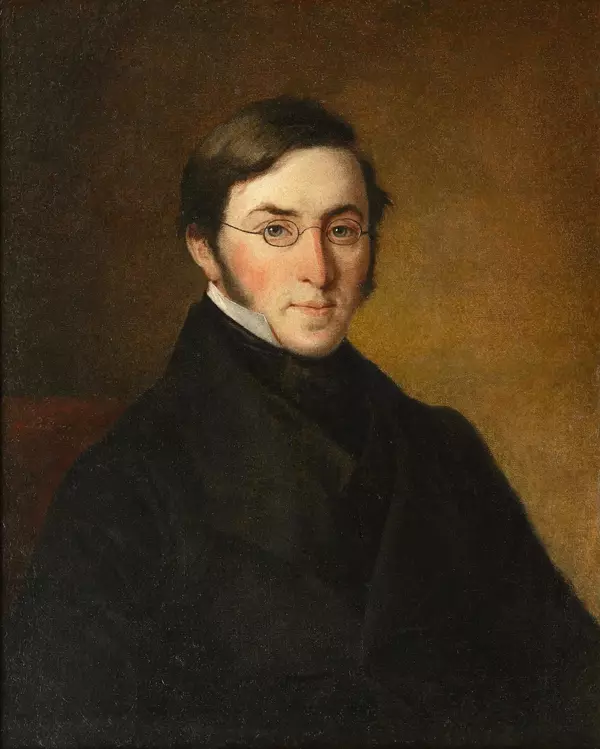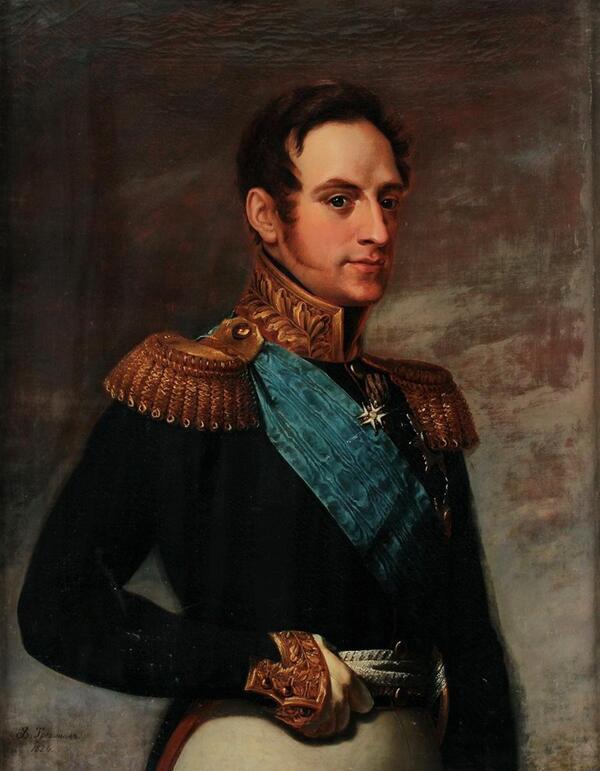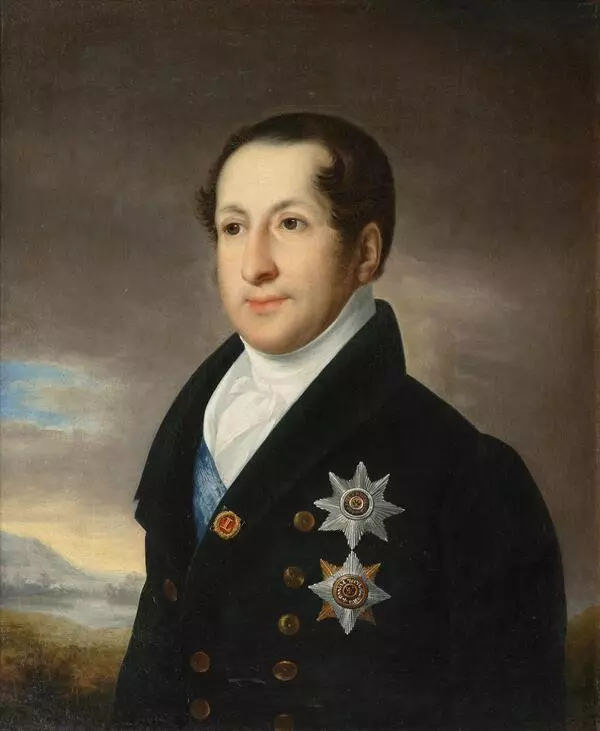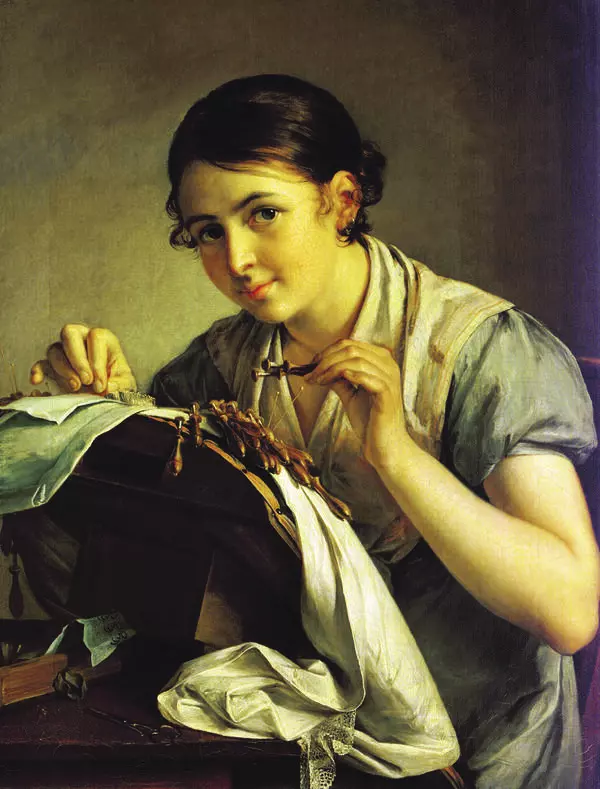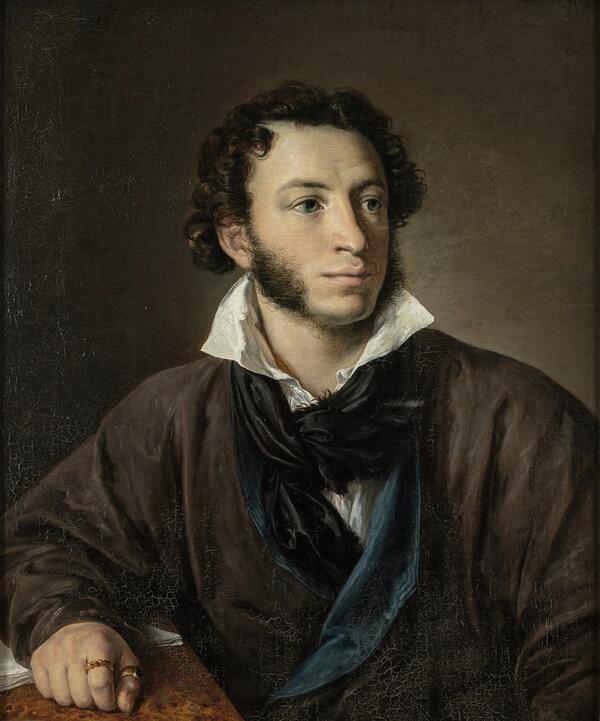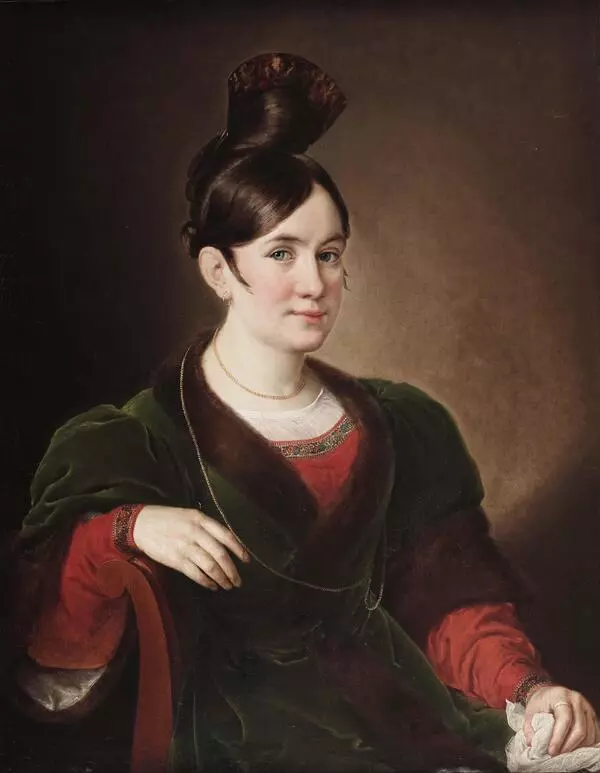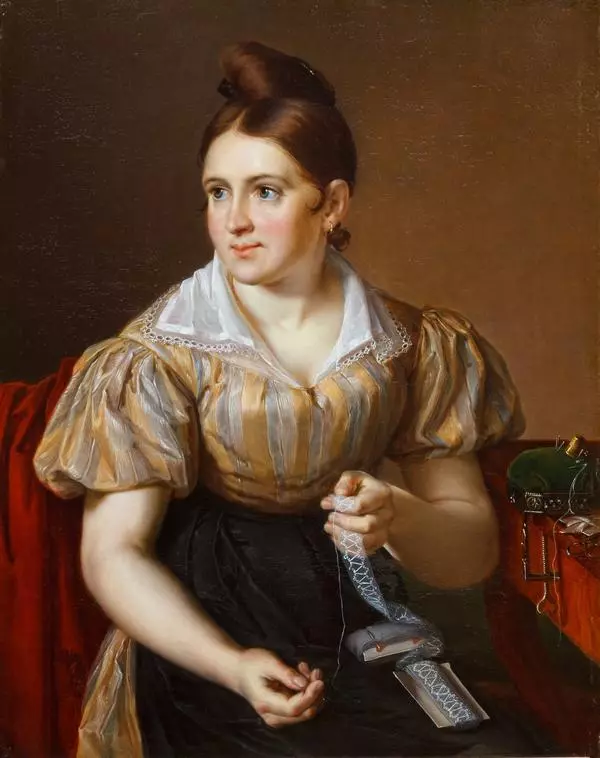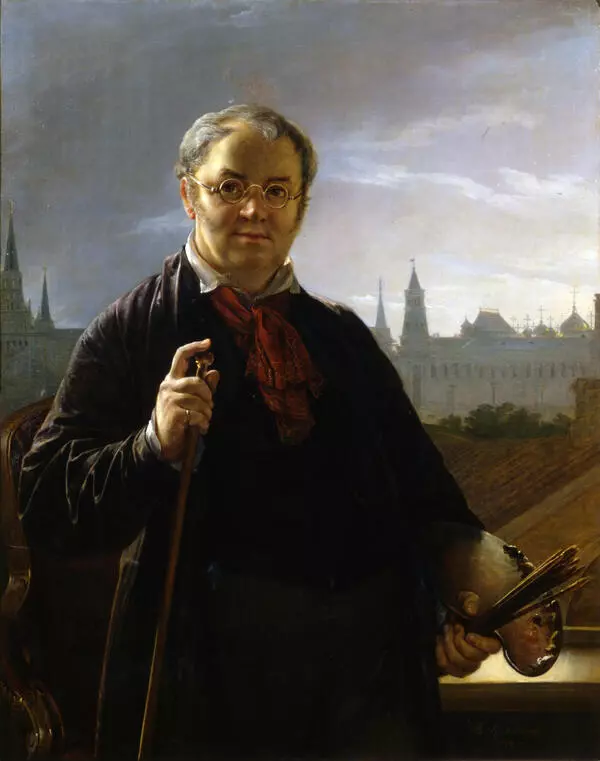Vasily Tropinin was born as a serf of Count Anton Günther von Münnich in the Novgorod Governorate. From an early age, Vasily spent a lot of time drawing. He was great at observing the distinctive features of ordinary people, and masterfully reproduced their poses and the surroundings. His talent and penchant for drawing attracted the attention of his master’s cousin who urged that Tropinin should enroll at the Imperial Academy of Arts. At the end of the 18th century, serfs could only attend classes as non-matriculated students.
For six years, Vasily Tropinin studied painting under professor Stepan Shchukin. He was awarded the Silver and Gold Medals of the Academy of Arts, won two competitions, and garnered the praise of Empress Maria Feodorovna. Even Alexander Stroganov, President of the Academy of Arts, tried to arrange for the talented artist to be manumitted. However, when Count Irakly Morkov found out about the popularity of his serf, he recalled Tropinin from St. Petersburg to his Ukrainian village, and made him work both as a shepherd and an architect. Still, in his memoirs, Vasily Tropinin expressed gratitude to the count for helping him to become a real artist.
After the Patriotic War of 1812, Vasily Tropinin worked in Moscow where he painted portraits of his master’s friends and soon became a famous artist. The Russian nobility insisted that Tropinin should be freed, but he only became a free man 11 years later, at the age of 47. Soon, he was finally appointed member of the Academy of Arts. Many famous contemporaries sat for a portrait with him, including Alexander Pushkin, Nikolay Karamzin, and Karl Bryullov.
Tropinin’s art is characterized by simplicity, candidness, and a faithful depiction of reality. His works combine elements of Romanticism and Realism. In his portraits, Tropinin avoided formality and strove to capture the personality and authenticity of the sitter. Art critics wrote that Vasily Tropinin created his own genre of intimate portrait that became popular among the European intellectuals.
Tropinin created the portrait of Countess Natalia Pavlovna Panina two years before his death. Natalia Panina was married to Viktor Nikitich Panin, Minister of Justice, and later became a lady-in-waiting during the reign of Nicholas II. The countess is depicted wearing simple clothing, with the only jewelry being the gold earrings. Despite being extremely wealthy, Natalia Panina was a down-to-earth person and a generous philanthropist.
For six years, Vasily Tropinin studied painting under professor Stepan Shchukin. He was awarded the Silver and Gold Medals of the Academy of Arts, won two competitions, and garnered the praise of Empress Maria Feodorovna. Even Alexander Stroganov, President of the Academy of Arts, tried to arrange for the talented artist to be manumitted. However, when Count Irakly Morkov found out about the popularity of his serf, he recalled Tropinin from St. Petersburg to his Ukrainian village, and made him work both as a shepherd and an architect. Still, in his memoirs, Vasily Tropinin expressed gratitude to the count for helping him to become a real artist.
After the Patriotic War of 1812, Vasily Tropinin worked in Moscow where he painted portraits of his master’s friends and soon became a famous artist. The Russian nobility insisted that Tropinin should be freed, but he only became a free man 11 years later, at the age of 47. Soon, he was finally appointed member of the Academy of Arts. Many famous contemporaries sat for a portrait with him, including Alexander Pushkin, Nikolay Karamzin, and Karl Bryullov.
Tropinin’s art is characterized by simplicity, candidness, and a faithful depiction of reality. His works combine elements of Romanticism and Realism. In his portraits, Tropinin avoided formality and strove to capture the personality and authenticity of the sitter. Art critics wrote that Vasily Tropinin created his own genre of intimate portrait that became popular among the European intellectuals.
Tropinin created the portrait of Countess Natalia Pavlovna Panina two years before his death. Natalia Panina was married to Viktor Nikitich Panin, Minister of Justice, and later became a lady-in-waiting during the reign of Nicholas II. The countess is depicted wearing simple clothing, with the only jewelry being the gold earrings. Despite being extremely wealthy, Natalia Panina was a down-to-earth person and a generous philanthropist.

